
Ensuring your website aligns with Google's criteria and is SEO compliant is crucial for establishing a strong online presence and driving organic traffic to your site.
With ever-changing Google algorithms and ranking factors, understanding and implementing these criteria can significantly impact your website's visibility and success in search engine results pages (SERPs).
By integrating best practices and avoiding black-hat SEO techniques, you can be assured that your website meets Google's SEO compliance criteria and requirements.
In this guide, we'll delve into the fundamental strategies and considerations to ensure your website is fully compliant with Google's SEO standards, empowering you to maximize your site's potential and achieve sustainable online growth.
What is SEO Compliance?
SEO compliance refers to the practice of ensuring that a website meets the guidelines and standards set forth by search engines, particularly Google, in order to improve its visibility and ranking in search results.
It involves optimizing various aspects of the website, including content, structure, and performance, as well as off-page aspects to align with the criteria used by search engine algorithms. Google's Search Essentials (formerly known as Webmaster Guidelines) provides a good overview of what makes a website elligble to appear in the search results.

Source: Google
Are there Legal Complications for Not Being SEO Compliant?
While there are no legal complications for not meeting SEO compliance requirements, it's important to stick to Google's guildelines in order to have the best chances of obtaining higher rankings and online visibility.
How to Ensure Your Website is SEO Compliant
By systematically addressing various elements that contribute to SEO compliance, you can position your website to meet Google's criteria, thereby amplifying its potential to attract relevant traffic and elevate its ranking.
Embracing a strategic approach to SEO compliance empowers you to not only meet search engine standards but also establish a strong foundation for sustainable online success.
Here are some of the steps you can take to ensure your website is SEO compliant and meets Google's requirements:
Avoid Spammy Link Building Techniques
When it comes to SEO compliance, one of the most critical aspects to consider involves refraining from spammy link building techniques.
Spammy link building tactics prioritize quantity over quality, manipulating search engine algorithms rather than providing genuine value to users. Some common red flags include:
- Buying or selling links: Exchanging money or goods for backlinks explicitly to boost ranking violates Google's guidelines.
- Link schemes: Participating in link exchanges or building "link farms" with low-quality websites solely for link building purposes.
- Keyword stuffing: Overusing keywords in anchor text or content in an unnatural way to gain ranking advantage.

Source: Delante
- Hidden links: Embedding text or links invisible to users but visible to search engines, considered a deceptive tactic.
- Guest posting solely for backlinks: Contributing low-quality or irrelevant content on other websites primarily for acquiring backlinks.
These practices not only go against Google's Webmaster Guidelines but also risk penalties such as website demotion or removal from search results.
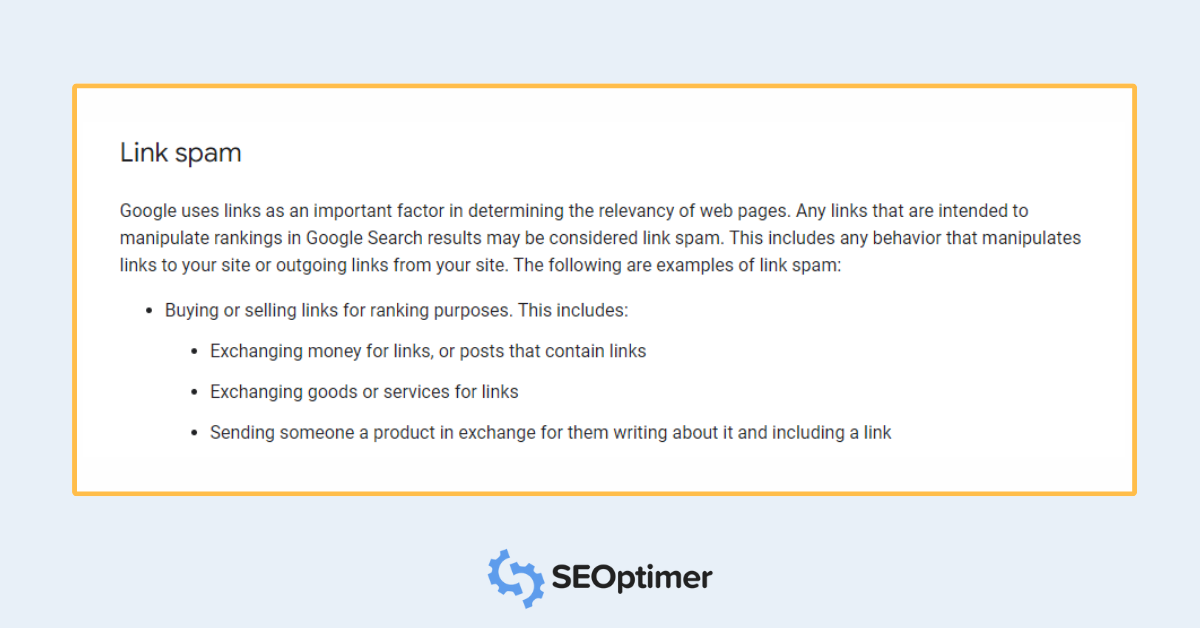
Moreover, they prioritize short-term gains over building genuine user trust and engagement, which are essential for long-term SEO success.
Remember, genuine link building focuses on creating high-quality content that naturally attracts backlinks from reputable websites. By prioritizing user experience, ethical outreach, and valuable content creation, you can establish a strong foundation for meeting Google’s criteria and being SEO compliant.
Become an Expert in Your Niche (Google E-E-A-T)
Elevating your expertise in your niche is not just a pathway to becoming an industry leader, but it's also a key aspect of SEO compliance. This is where Google's E-E-A-T (Expertise, Experience, Authoritativeness, and Trustworthiness) comes into play.
Websites that demonstrate high E-E-A-T scores are viewed as authorities in their field, and they often enjoy better search rankings and visibility.
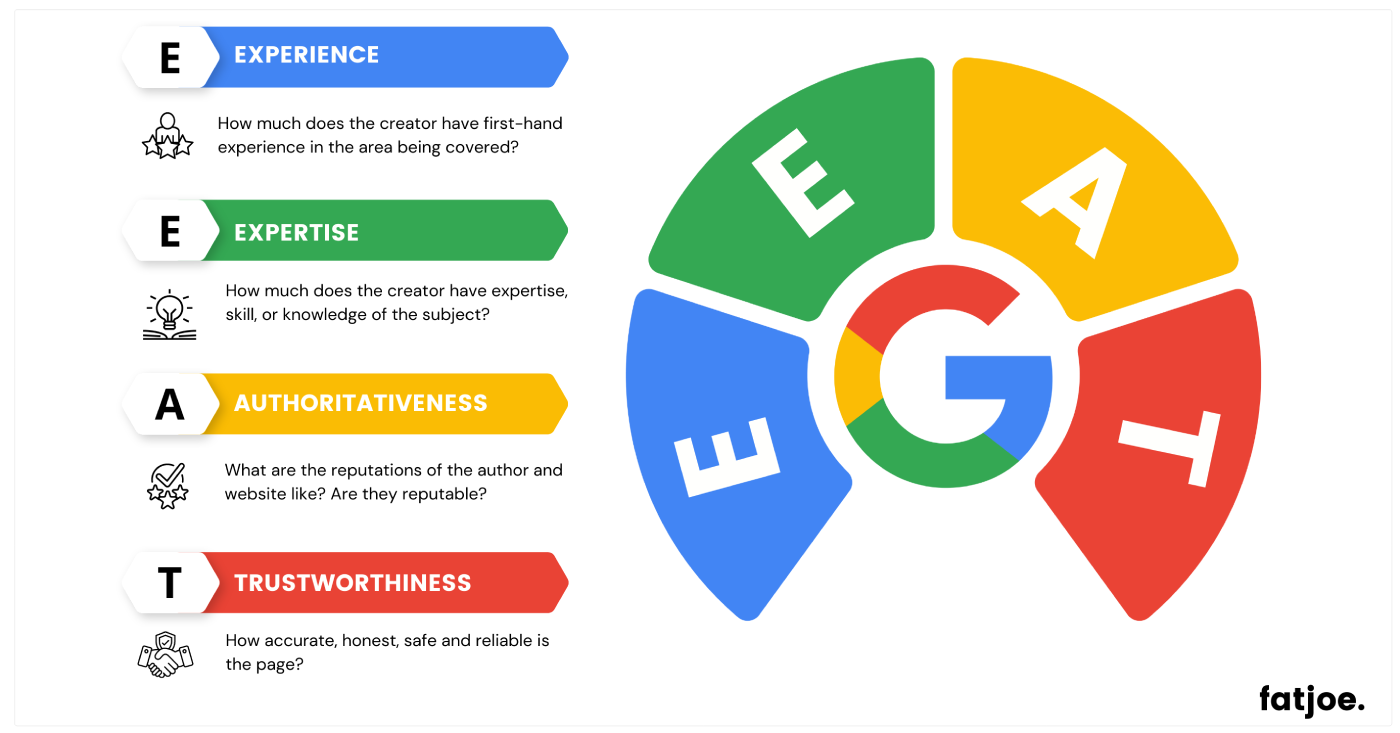
Here's why it matters:
- Expertise: Showcasing your in-depth knowledge and skills in your niche is essential. Google values content created by experts in the field.
- Experience: Relates to the first-hand or life experience of the content creator with the topic they are writing about.
- Authoritativeness: This is about building a strong reputation within your field. Get cited by other reputable sources and contribute to relevant discussions in your industry. The more authoritative you are, the more Google will trust your content.
- Trustworthiness: A trustworthy site gives users confidence and peace of mind, which Google appreciates.
Becoming an expert in your niche and scoring high on E-E-A-T is no small feat. It requires consistent effort, high-quality content, and a genuine commitment to serving your audience's needs. But the rewards are well worth it: improved SEO compliance, better search rankings, and a stronger connection with your audience.
Nail Your On-Page SEO
Ensuring your on-page SEO is spot-on is a crucial step towards SEO compliance. When done right, it can significantly boost your site's visibility and ranking in search engine results.
Let's delve into the key aspects to focus on, and what you should avoid:
- Title Tags: These are vital for helping search engines understand what your page is about. Make sure every page on your site has a unique, relevant title tag. Avoid generic or vague titles that don't accurately reflect your content.
- Meta Descriptions: These brief summaries tell users what to expect from your page. Keep them descriptive and enticing to encourage click-throughs. Don't neglect them or copy and paste the same description across multiple pages.

- URL Structure: Clear and concise URLs that reflect your content make it easier for both users and search engines to understand your page. Steer clear of long, confusing URLs with unnecessary parameters.
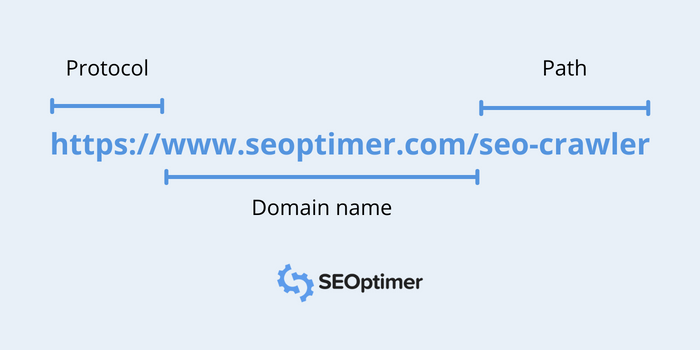
- Keyword Usage: Keywords help signal the topic of your content to search engines. Use them naturally and judiciously in your content, titles, and meta descriptions. Avoid keyword stuffing, as this can lead to penalties.
- Alt Text for Images: This helps search engines understand the content of your images. Always include relevant alt text. Don't leave it blank or use irrelevant descriptions. A quick way to create image alt text is by using AltTextGenerator which uses advanced AI technology to scan your image and writes and SEO-optimized description that you can use for your alt text.
- Internal Linking: Well-placed internal links can help spread link equity across your site and improve user navigation. However, don't overdo it with excessive or irrelevant links.
- Content Quality: High-quality, original content is king. It engages readers, keeps them on your site longer, and encourages them to return. Avoid duplicate or thin content that offers little value to users.
Remember, on-page SEO isn't just about ticking boxes for search engines—it's about creating a better experience for your users, which leads us to our next point.
Write for Humans
It may seem counter-intuitive, but when it comes to SEO, writing for humans—not robots—is paramount.
While algorithms and bots play a significant role in indexing and ranking your content, remember that it's real people who read your content, engage with it, share it, and ultimately convert into customers or subscribers.
Here's why focusing on human-centric content is crucial:
- User Experience: When your content is written with the reader in mind, it improves user experience. Visitors are more likely to stay longer, explore more, and take action on a website that offers engaging, relevant, and valuable content.
- Sharing and Engagement: Content that resonates with readers often gets shared across social media platforms and other channels, increasing your exposure and attracting more traffic.
- Trust and Credibility: High-quality, human-centric content helps establish trust and credibility with your audience. Over time, this can lead to higher brand loyalty and customer retention rates.
- Google’s Algorithm Appreciates It: Google’s algorithm is designed to understand the intent behind search queries and match them with the most relevant and high-quality content. The more your content satisfies users, the better it will rank.
So how can you ensure your content is human-centric?
Creating human-centric content starts with deeply understanding your audience.
Delve into their needs, interests, and the challenges they face, then tailor your content to directly address them. This means offering solutions, valuable insights, or information that resonates with their specific concerns. Remember, authenticity is key. Let your brand's unique voice shine through, fostering genuine connections with your readers.
Finally, prioritize clarity and conciseness. Avoid technical jargon and overly complex language. Opt for short, clear sentences that deliver your message effectively, ensuring it resonates deeply with your human audience.
While SEO compliance is essential, it should never come at the cost of the human experience. By writing for humans, you not only improve your website's user experience but also enhance your long-term SEO performance.
Secure Your Website
In the digital era where privacy and security are paramount, ensuring your website is secure is no longer optional—it's a must.
One of the most effective ways to safeguard your website is by using an SSL (Secure Sockets Layer) certificate.
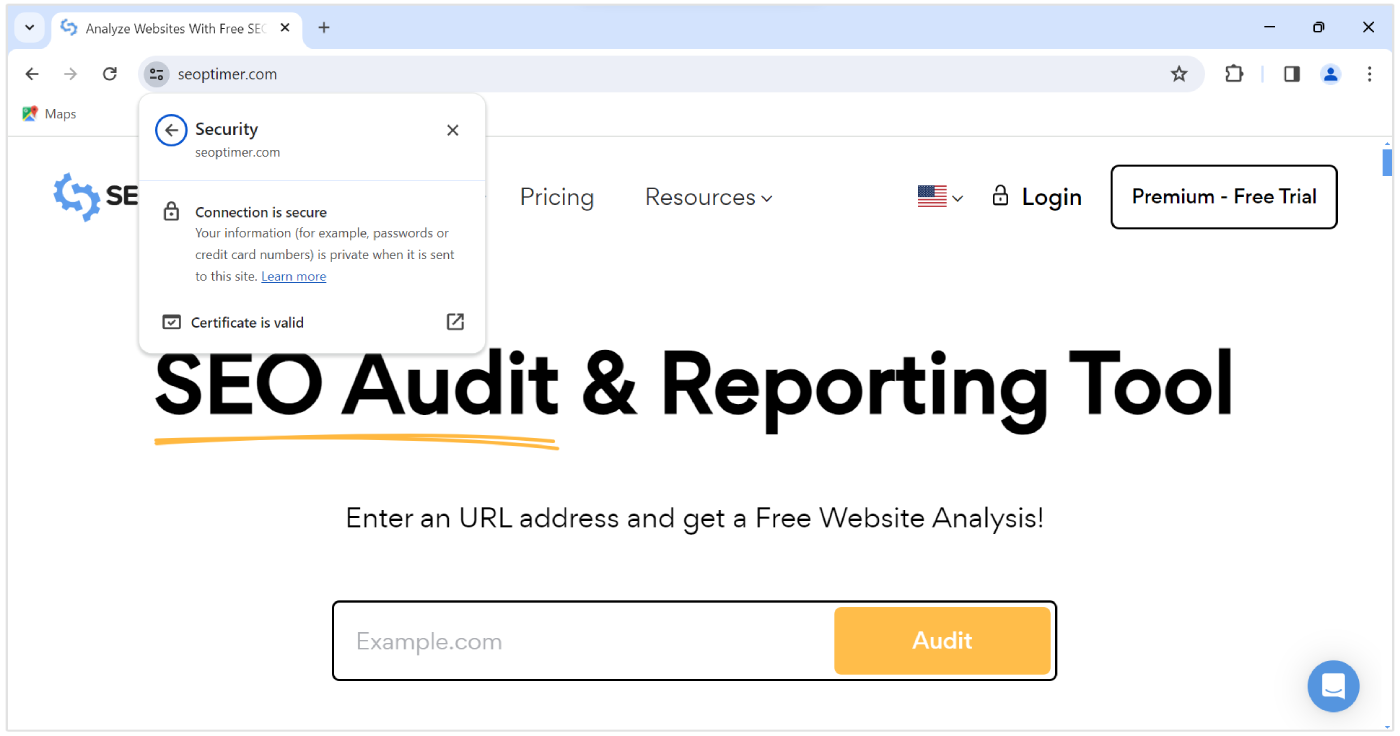
An SSL certificate encrypts data transferred between a user's browser and your website, protecting sensitive information like login details and credit card numbers.
Google has been clear about its preference for websites that are secured with SSL, denoted by 'HTTPS' in the web address. In fact, since 2014, HTTPS has been a ranking signal in Google’s algorithm.
A secure website is a crucial aspect of SEO compliance. Not only does it contribute to better search rankings, but Google Chrome and most modern web browsers also warn users when they attempt to visit non-HTTPS websites, which can significantly impact your traffic and bounce rates.
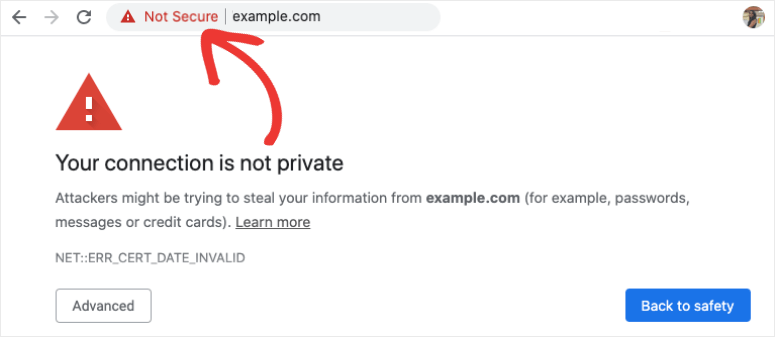
So, how do you secure your website?
- Obtain an SSL Certificate: Once installed on your server, it activates the padlock and HTTPS protocol, allowing secure connections from a web server to a browser.
- Keep Your Website Software Updated: Regularly update your website platform, plugins, and scripts to protect against known vulnerabilities.
- Regularly Monitor and Fix Security Issues: Use tools like Google Search Console which can alert you to any security issues on your site, helping you to fix them promptly.
Securing your website with an SSL certificate is an essential step towards SEO compliance. It not only protects your users' information but also boosts your site's credibility and search rankings, delivering a win-win for both you and your users.
Build a Mobile-Friendly Website
With mobile searches making up more than half of all searches on Google, it's clear that optimizing your website for mobile is key to ensuring your site is SEO compliant and meets Google's criteria.
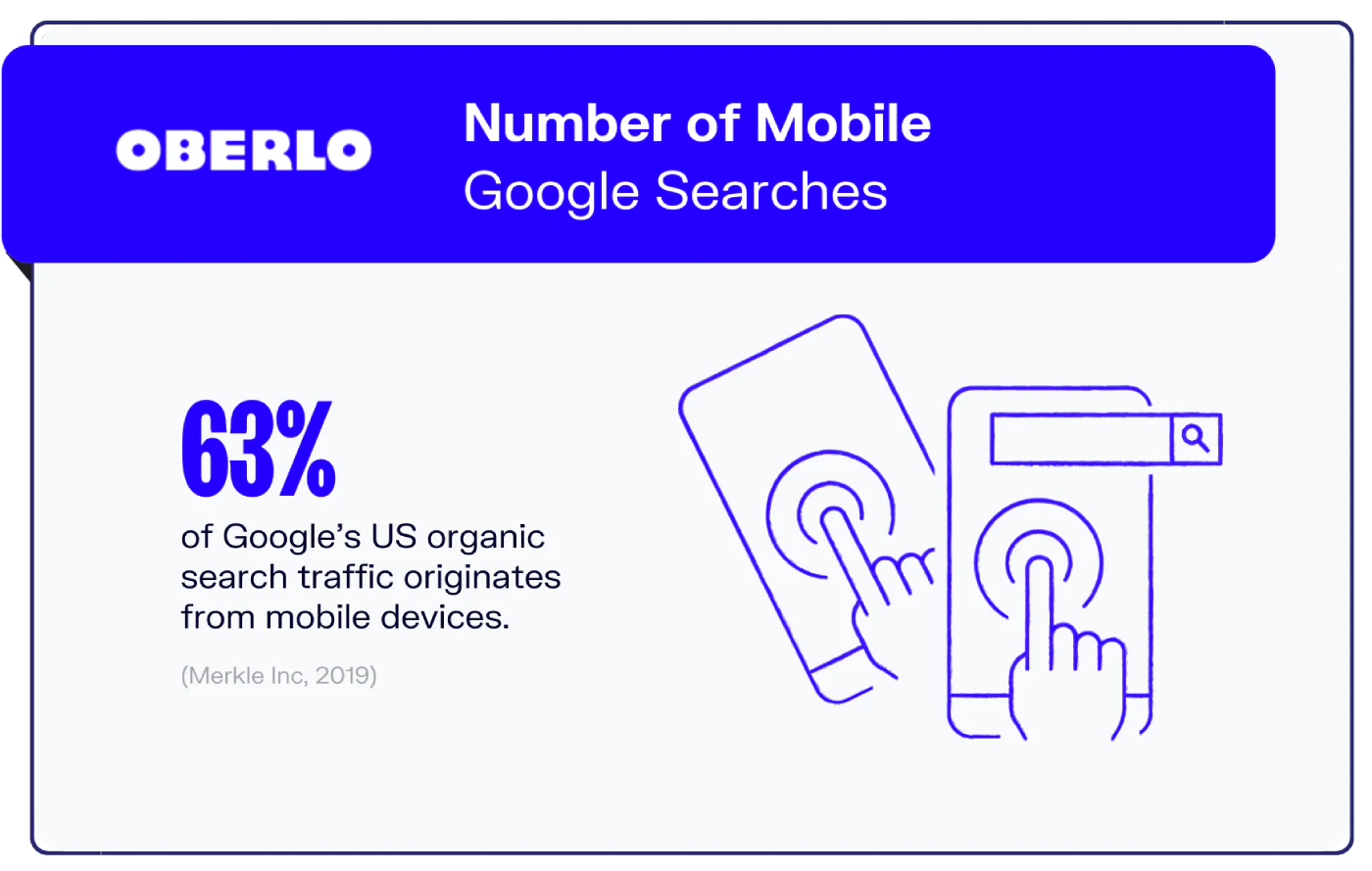
A mobile-responsive design ensures that your website is optimized for mobile users, providing a seamless and user-friendly experience across different devices. This not only improves visitor engagement but also reduces bounce rates.
Additionally, Google has shifted towards mobile-first indexing, which means it predominantly uses the mobile version of a website for indexing and ranking. If your site isn't mobile-friendly, it could negatively impact your visibility in search results.
So, how do you build a mobile-friendly website?
- Responsive Design: Ensure your website's design is responsive, meaning it automatically adjusts to fit the screen size of the device it's being viewed on.

Source: Enginess
- Fast Loading Times: Mobile users expect quick load times. Optimize your images, leverage browser caching, and minimize redirects to speed up your site.
- Easy Navigation: Make it easy for mobile users to navigate your site. Use clear calls-to-action, keep menus simple, and ensure clickable elements are large enough to interact with on a small screen.
By prioritizing the mobile experience, you'll not only meet Google's criteria but also provide a better user experience, leading to increased engagement and conversions.
Add Schema Markup to Pages
Schema markup, also known as structured data, is a powerful SEO tool that can significantly enhance your website's visibility and performance in search results. It is essentially a library of tags that you can add to your HTML to help search engines understand the content of your pages better.
Here's why it's so crucial for SEO compliance:
- Improved Search Engine Understanding: Schema markup provides explicit clues about the meaning of a page's content, allowing search engines to interpret the information more accurately and offer more informative results to users.
- Rich Snippets and Enhanced SERP Features: By implementing schema markup, you can qualify for rich snippets—detailed pieces of information that appear in search results—and other enhanced SERP features like carousels or knowledge graphs. These can significantly boost your click-through rates.
- Local SEO Boost: If you're a local business, using Local Business schema markup can help you stand out in local search results and drive more traffic to your site.
So how do you add schema markup to your pages?
- Identify Relevant Markup Types: Determine which types of schema markup are relevant to your content. This could be anything from Product and Review schema for e-commerce sites to Recipe schema for food blogs.
- Use a Schema Markup Generator: There are several online tools available that can help you generate the appropriate schema markup for your content.
- Add the Markup to Your HTML: Once generated, add the schema markup to the HTML of your pages.
- Test Your Markup: Use Google's Structured Data Testing Tool to ensure your markup is implemented correctly.
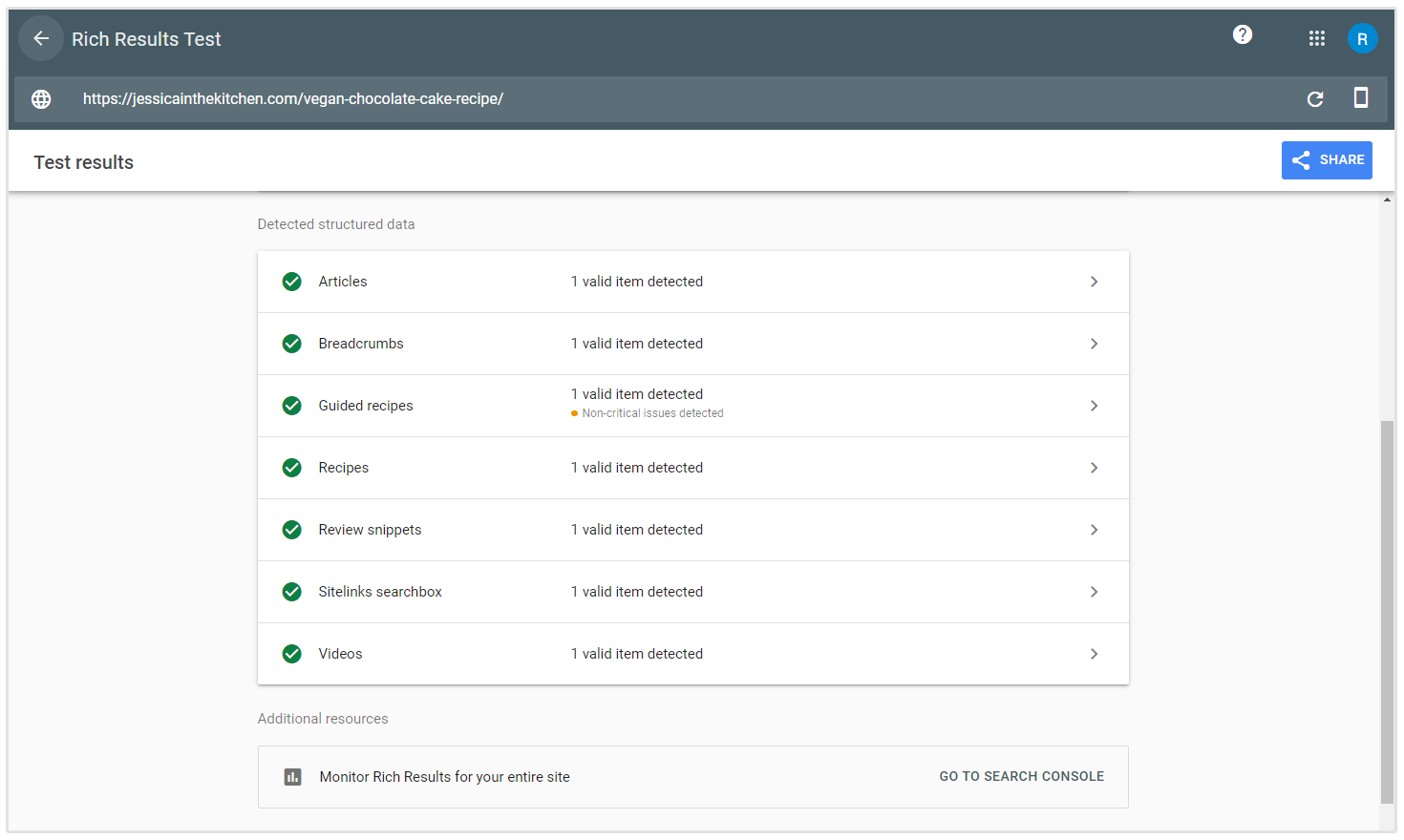
Adding schema markup to your pages is a strategic move towards SEO compliance. It not only helps search engines understand your content better but also enhances your visibility in SERPs, leading to higher click-through rates and increased website traffic.
How to Check if Your Website is SEO Compliant
Ensuring your website is SEO compliant can seem like a daunting task, especially with the constant changes in search engine algorithms and SEO best practices.
Fortunately, tools like SEOptimer can simplify this process tremendously, providing you with a comprehensive analysis of your website's SEO compliance and offering actionable recommendations for improvement.
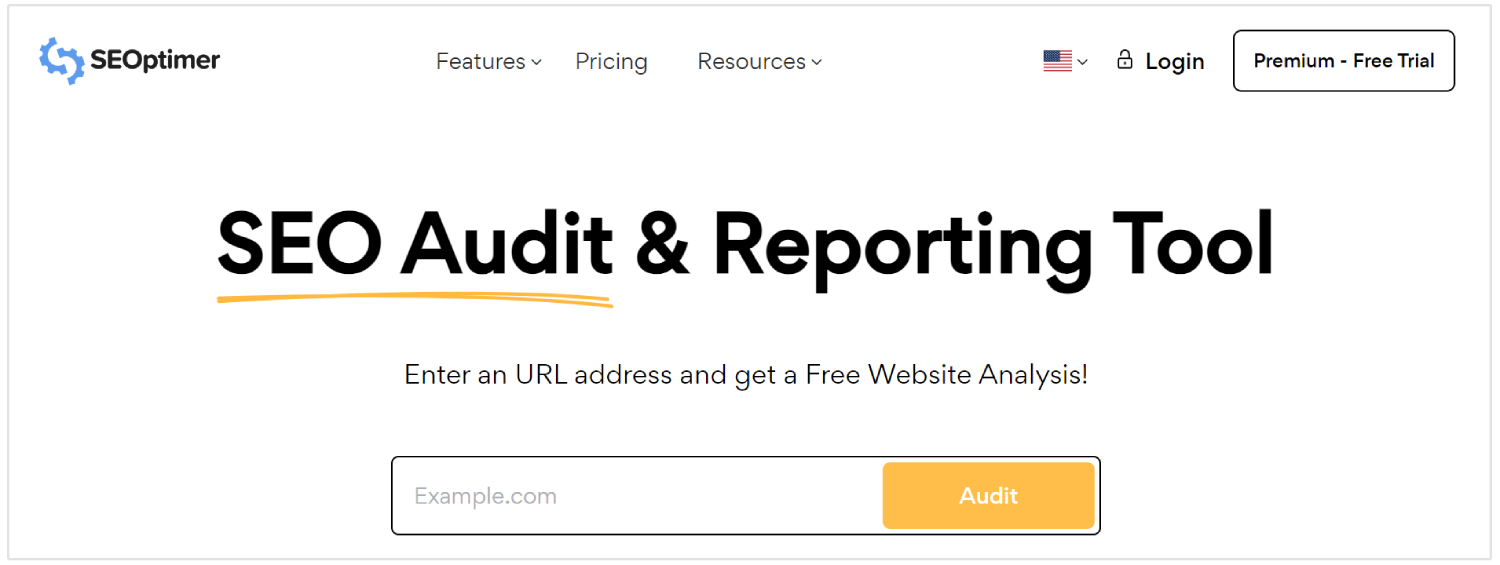
Here's how SEOptimer can help:
- Comprehensive SEO Audit: SEOptimer performs an in-depth analysis of your website, examining key areas such as metadata, keywords, content quality, site speed, mobile-friendliness, and more. It provides a detailed report highlighting areas that need attention.
- Actionable Recommendations: The tool doesn't just identify issues—it also offers practical solutions on how to fix them. Whether it's improving your site's loading speed or optimizing your images, SEOptimer provides clear, step-by-step guides to boost your website's SEO performance.
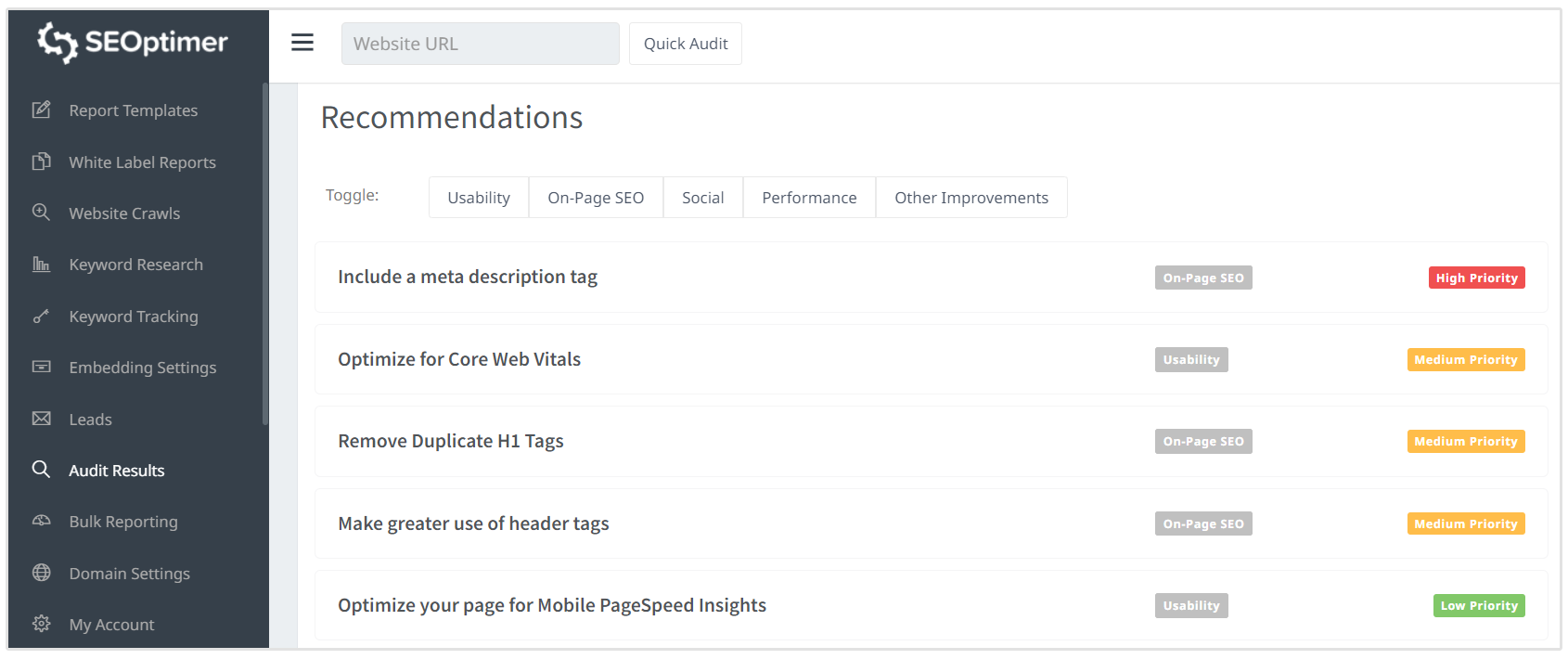
- SEO Crawler: SEOptimer's SEO crawler thoroughly scans your website to uncover hidden problems that may be hindering your site from reaching its full ranking potential. This includes issues like broken links, duplicate content, poor mobile optimization, and more.
- Keyword Tracking: With SEOptimer, you can track your site's keyword rankings over time, measure the impact of your SEO efforts, and continuously fine-tune your strategy for optimal results.
- Competitor Analysis: Want to know how your site stacks up against the competition? SEOptimer's competitor analysis feature allows you to compare your website's SEO performance with that of your rivals, giving you valuable insights into where you can gain an edge.
Using a tool like SEOptimer can significantly streamline your SEO compliance efforts. Not only does it provide a comprehensive understanding of your website's current SEO status, but it also equips you with the knowledge and recommendations needed to improve your site's rankings and drive more organic traffic.
Just head to SEOptimer and get a free SEO audit of your website with recommendations on how you can ensure that your website is SEO compliant.
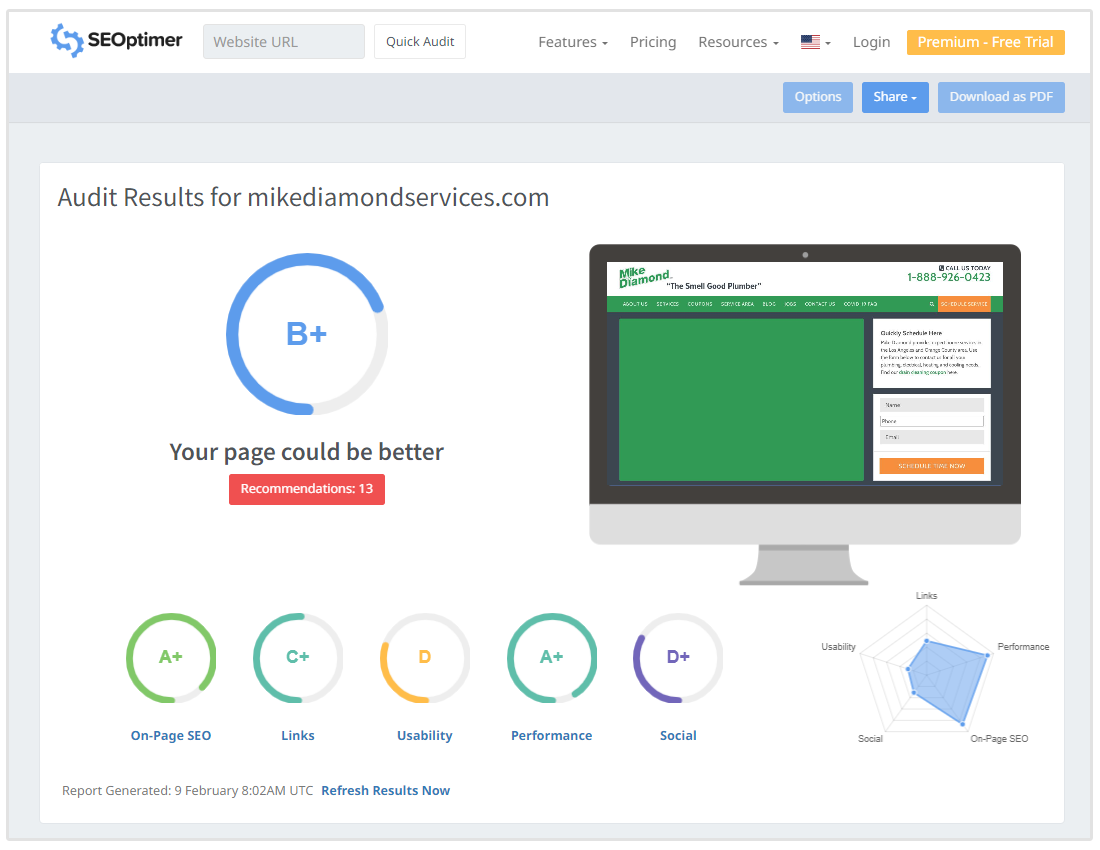
What are the Most Common SEO Compliance Issues Websites Face?
Here are some of the most frequently encountered SEO compliance challenges that websites face:
- Slow loading speed
- Broken links
- Mobile-friendliness issues
- Duplicate and thin content
- Missing or poorly implemented structured data
- Keyword stuffing
- Neglecting alt text for images
- Unoptimized internal linking
- Inadequate security
- Ignoring user experience
Conclusion
Remember, SEO is not a one-time task but an ongoing process.
By regularly auditing your website, you can ensure your website remains SEO compliant and meets the required Google criteria which will result in it continuing to perform well in search engine rankings.










